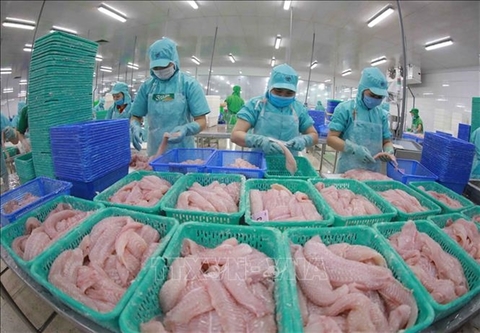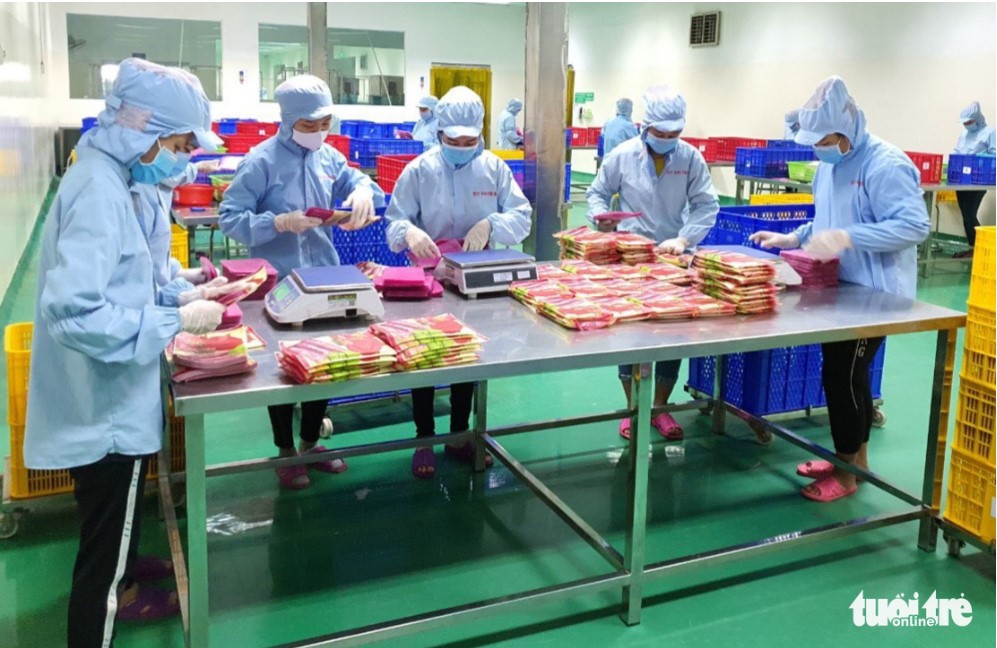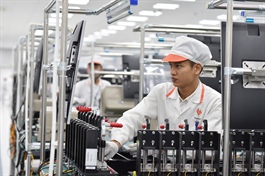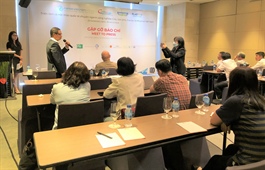Obstacles in logistics harming agro-exports
Obstacles in logistics harming agro-exports
High logistics costs and incomplete infrastructure continue to be two of the biggest barriers for agricultural exporters in Vietnam.
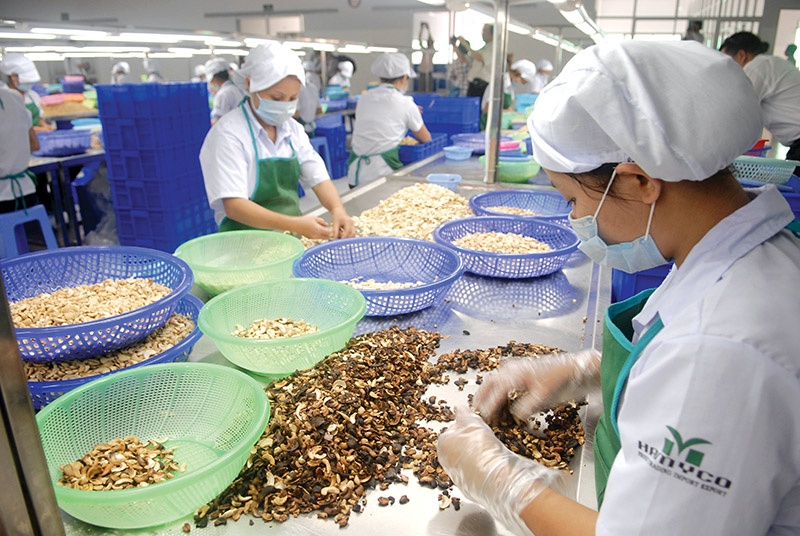
Looking back on the first six months of this year, chairman of fruit exporter Vina T&T group Nguyen Dinh Tung has been pleased with the increase in both the quantity and revenues gained. However, he regrets the company’s failure to meet the demand of overseas markets.
“So far this year, our revenues increased by over 30 per cent on-year and the number of agro-products increased by 20 per cent on-year. However, the group has yet to meet the demand of partners,” Tung said.
In general, the room for exporting agro-products is large. The group just meets an average of 70-80 per cent of foreign orders, Tung said, due to logistical issues.
Logistics costs currently stand at the top of the price scale. For example, such costs for exporting fresh fruits to the United States via air are $7 per kg, equaling 80 per cent of the value of the goods. Meanwhile, the sea freight charge for exporting fruit accounts for an average of 60 per cent of product value. “Such costs are very high, depriving exporters like us of profit opportunities,” Tung said.
Vo Quan Huy, director of fruit exporter Huy Long An Company in the Mekong Delta province of Long An, is also concerned about the impact of logistics costs on the company’s exports.
“In 2021, the sea freight logistics cost to China was around 9 US cents per kg, but the figure increased to almost 40 US cents in April and cooled back down to 28 US cents in May. Meanwhile, the selling price of bananas is at a maximum of 48 US cents per kg. Thus, the company just acquires a modest profit,” Huy said.
The 6-month export value of agro-forestry and aquatic products thus far this year has reached $27.88 billion, up 13.9 per cent on-year. About $11.37billion of these groups comes from agro-products, up 8.8 per cent compared to the figure of the same period last year, according to the Ministry of Agriculture and Rural Development.
Some products that see an export turnover of over $1 billion include coffee, fruit and vegetables, cashews, and rice. The largest four export markets are the US, China, Japan, and South Korea.
“The company exported over 15,000 tonnes of bananas to China, Japan, and South Korea in the first half of 2022,” Huy added. “The quantity is much higher than the figures in previous years, but it accounts for a tiny part of the market’s demand. Notably, the volume of bananas from Vietnam to Japan makes up only 0.6 per cent of the imported bananas in this country.”
Japan imports an average of 100,000 tonnes of bananas each month. Despite the large market room, the company still does not boost the quantity because of the high logistics costs, Huy said.
Explaining the reason for these barriers, the leaders of Huy Long An and Vina T&T note that while the majority of agri-goods come from the Mekong Delta region, the seaport system is concentrated in Ho Chi Minh City. Thus, goods are transported through various locations before reaching the city for export. Meanwhile, the transport system in the Mekong Delta has yet to fully develop to meet the demand.
Although the region contributes to 90 per cent of the country’s rice exports, 65 per cent of seafood production, and 70 per cent of fruit exports, statistics from the Vietnam Logistics Association (VLA) showed that 1,460 logistics service providers in the Mekong Delta account for less than 5 per cent of the total logistics enterprises across the country. Almost all these enterprises are small in scale.
Every year, the demand for transporting import-export goods in this region has reached around 18 million tonnes. However, the logistics costs of the region often make up 30 per cent of the selling price of products compared to the figures of other regions in the country, according to the World Bank.
“There is a lack of seaports in the region, especially deepwater ports that can handle export containers. This, coupled with overloaded ports in Ho Chi Minh City, is leading to increased service fees, storage fees, and waiting times. Besides this, the logistics infrastructure lacks synchronous links,” said Le Duy Hiep, chairman of the VLA.
The VLA proposed that it is necessary to develop a logistics centre in the Mekong Delta city of Can Tho, which will be a hub to gather agro-products in the region for export. The centre will contribute to decreasing the logistics costs for businesses, simultaneously reducing the overload situation for ports in Ho Chi Minh City.
“In order to realise the proposal, the government and provinces should offer incentive policies for investors and businesses. The investors that want to develop cold warehouses and seaports should enjoy customs incentives and be exempt from land rental price and corporate income tax for 5-10 years,” Hiep said.



